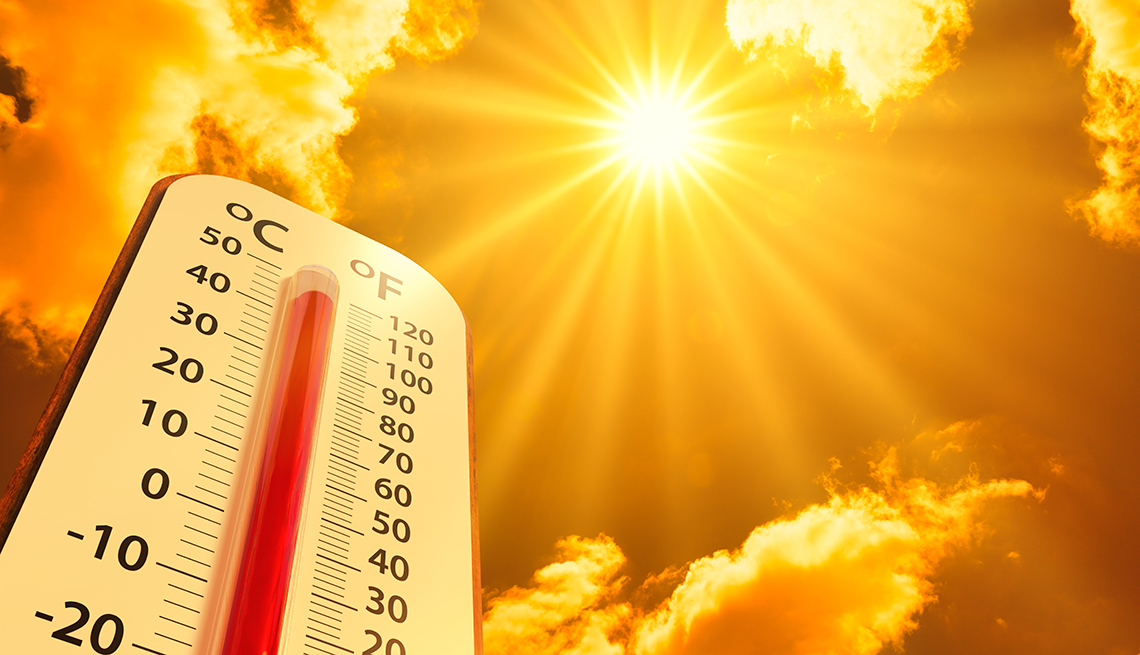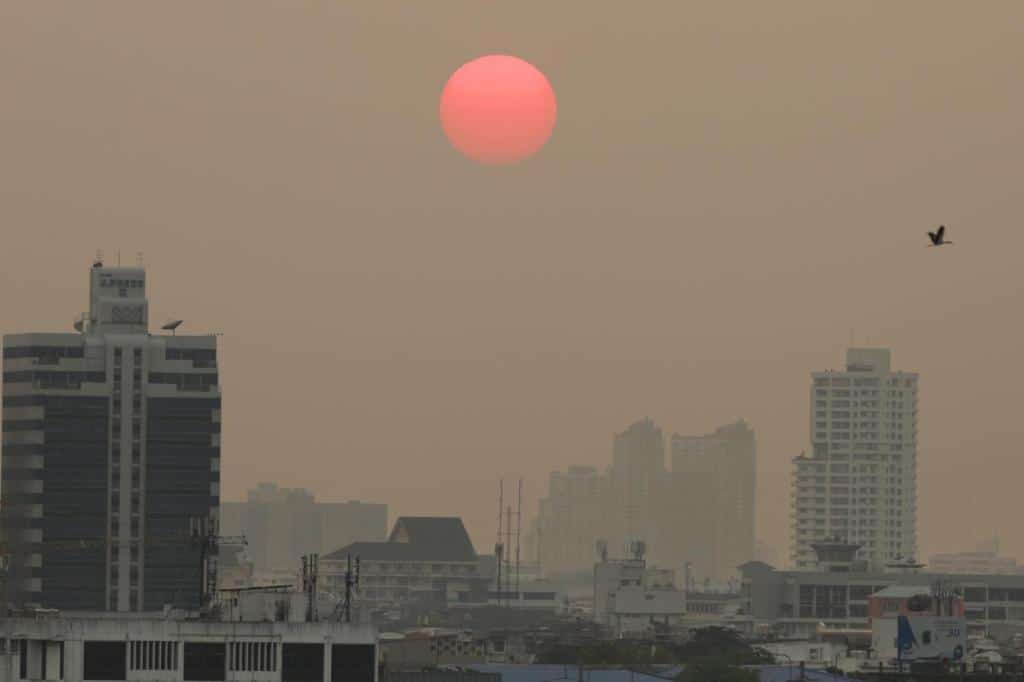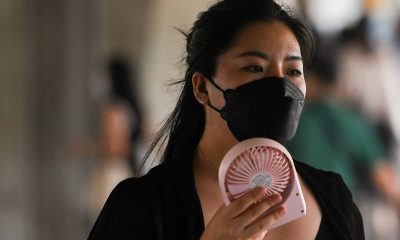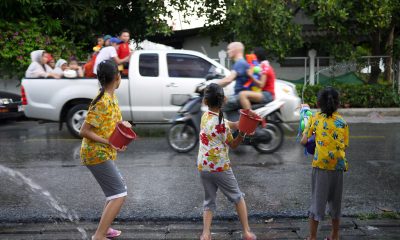News
Northern Thailand Residence Told to Brace for Hot Summer

The Meteorological Department has issued a warning that temperatures in all parts of Thailand would reach 40 degrees Celsius this month and in April. Temperatures will be 1-2 degrees Celsius higher than the seasonal average this summer.
The Meteorological Department’s director-general, Mr. Kornravee Sitthichitvapak, said temperatures in areas experiencing extremely hot weather are likely to exceed 40 degrees Celsius, with the North and Northeast seeing both hot and very hot weather.
These extremes, she added, will not occur on a daily basis, but rather in specific regions and periods.
Temperatures are expected to surpass 40°C in numerous regions, including the Central Plains and Bangkok, from March to April.
Ms Kornravee stated that the highest recorded temperature in Thailand was 44.6C in Tak in 2016. In Bangkok, the maximum temperature last year was 41 degrees Celsius.
While temperatures in Thailand have not risen above 50 degrees Celsius, the forecaster has previously stated that heat index values indicate how temperatures “feel” rather than accurate measures.
According to the department, the maximum temperature recorded on Wednesday was 42 degrees Celsius in Tambon Bua Chum in the Chaibadan district of Lop Buri, followed by 41.2 degrees Celsius in Roi Et and 41 degrees Celsius in Kanchanaburi.
Temperatures in the northeastern provinces of Chaiyaphum, Nakhon Ratchasima’s Chok Chai district, Buri Ram, Mukdahan, Roi Et, Loei, and Sakon Nakhon exceeded 40 degrees Celsius marginally.
From today to Sunday, the Meteorological Department predicts summer storms and strong winds in the northern and northeastern provinces, as well as the Central Plains, encompassing Bangkok.
A high-pressure system from China is likely to engulf northeast Thailand and the South China Sea today.
According to the department’s most recent bulletin, southerly and southeasterly winds will transport moisture from the South China Sea and Gulf to the upper section of the country, resulting in hot to extremely hot weather.
Summer storms, gusty winds, hail, and lightning strikes are expected in various areas of the lower North, Northeast, Central Plains, including Bangkok and its surroundings, and East today through Monday.
People in the upper portion of the country should take precautions against severe weather by avoiding dangerous outdoor places.
The weather service recommends people to avoid huge trees, unstable structures, and billboards. Farmers should take efforts to avoid crop damage.
Meanwhile, 57 of the country’s 77 provinces were covered in dangerous levels of ultrafine dust yesterday morning, with 27 provinces, primarily in the North and Northeast, experiencing red (severely harmful) levels of pollution.
The Geo-Informatics and Space Technology Development Agency (Gistda) stated yesterday at 11am that the highest level of PM2.5 was discovered in the northernmost province of Chiang Rai, with 128.8 µg/m³ of air over the preceding 24 hours.
The government’s safe threshold is 37.5 µg/m³, although the World Health Organization (WHO) standards prescribe no more than 25 µg.
Tak had the highest PM2.5 level (120.1 µg/m³), followed by Chiang Mai (116.5 µg/m³), Mae Hong Son (113.8 µg/m³), and Lamphun.






































